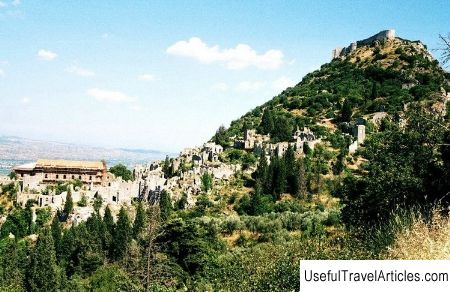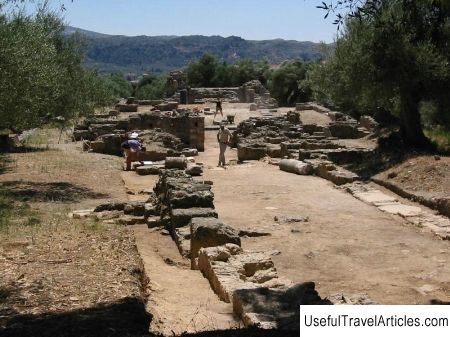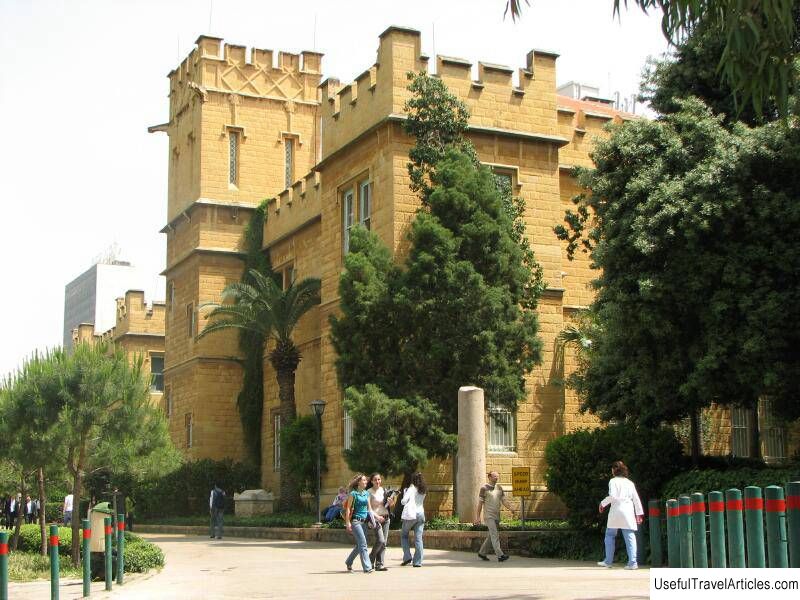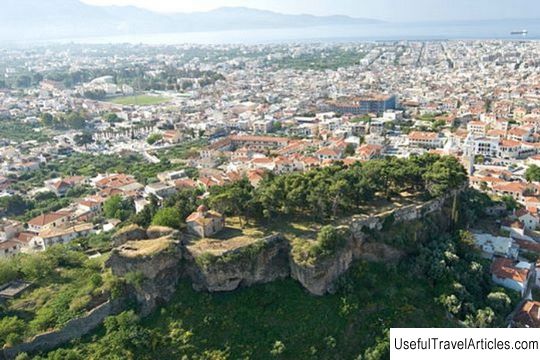Mistras description and photos - Greece: Peloponnese
Rating: 8,7/10 (6804 votes) 
Mistras description and photos - Greece: Peloponnese. Detailed information about the attraction. Description, photographs and a map showing the nearest significant objects. The title in English is Mistras. Photo and descriptionOne of the most interesting and popular sights of the Peloponnese are the ruins of the medieval Mystra, located on the slopes of Taygeta near the city of Sparta. Mystra was founded in 1249 by decree of the ruler of the Achaean principality, William II of Villardouin. A fortress was built on a steep rocky peak, which became the main residence of the Achaean principality in the Peloponnese. Considering the constant threat from various invaders, the location was extremely well chosen, as it provided an excellent view, allowing control of the gorge connecting Laconia with Messenia. In 1262 the fortress came under the control of Byzantium. Soon a well-fortified city arose around the fortress (down the slopes), very quickly became an important cultural and political center of late Byzantium, as well as the main residence of the Despotate of Morea. From 1460 to 1821, Mystra was ruled by the Ottoman Empire (except for a small period of 1687-1715, when Mystra was controlled by the Venetians). By 1830, Mystra fell into decay and was soon completely abandoned. Today, Mystra, which has preserved a number of beautiful architectural, cultural and historical monuments, is a real open-air museum. Since 1989, Mystra has been included in the UNESCO World Heritage List. Among the most interesting structures, it is undoubtedly worth noting the Metropolis of Mystra - one of the oldest monasteries in the city, as well as its main religious center. It was here in 1449 that the last Byzantine emperor Constantine Palaeologus IX was crowned. Within the walls of the Metropolis today there is a very entertaining Museum of Mystra. No less interesting are the Brontochion Monastery, from which only two churches have survived to this day - the Church of Odigitria or Afendiko with magnificent frescoes from 1312-1322. and the Church of Saints Theodore; the only active monastery on the territory of Mystra - Pantanassa (15th century), as well as the churches of St. Sophia, St. George and Evangelistria. The Periveptus Monastery (XIV century) deserves special attention. The unique frescoes that adorn its cathedral date back to 1348-1380 and are a wonderful and, moreover, rather rare example of late Byzantine art. It is also worth noting the still impressive Palaeologus palace complex and the ruins of the old fortress of Villardouin.           We also recommend reading Panovetsky castle description and photo - Ukraine: Kamyanets-Podilsky Topic: Mistras description and photos - Greece: Peloponnese. |




